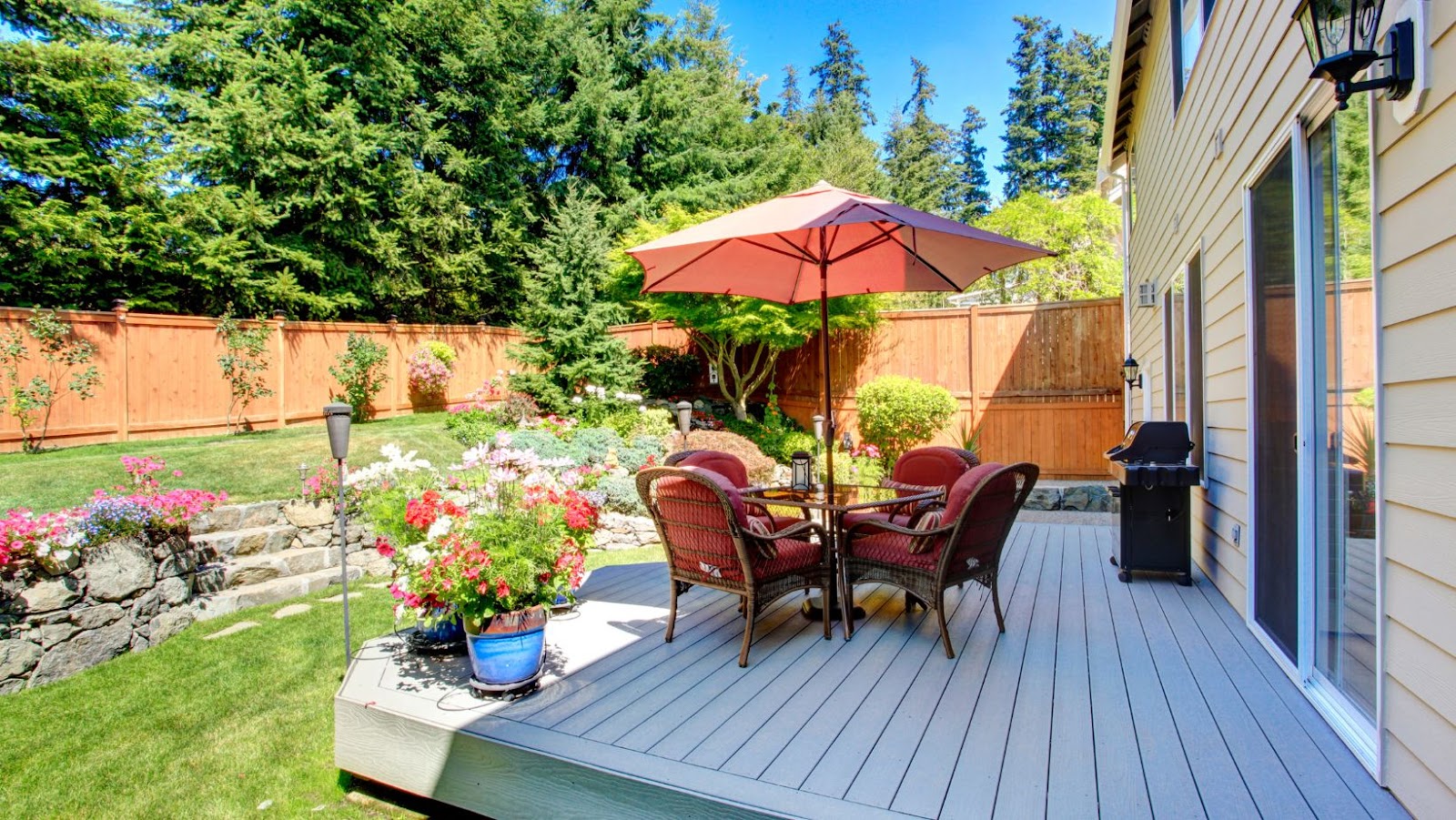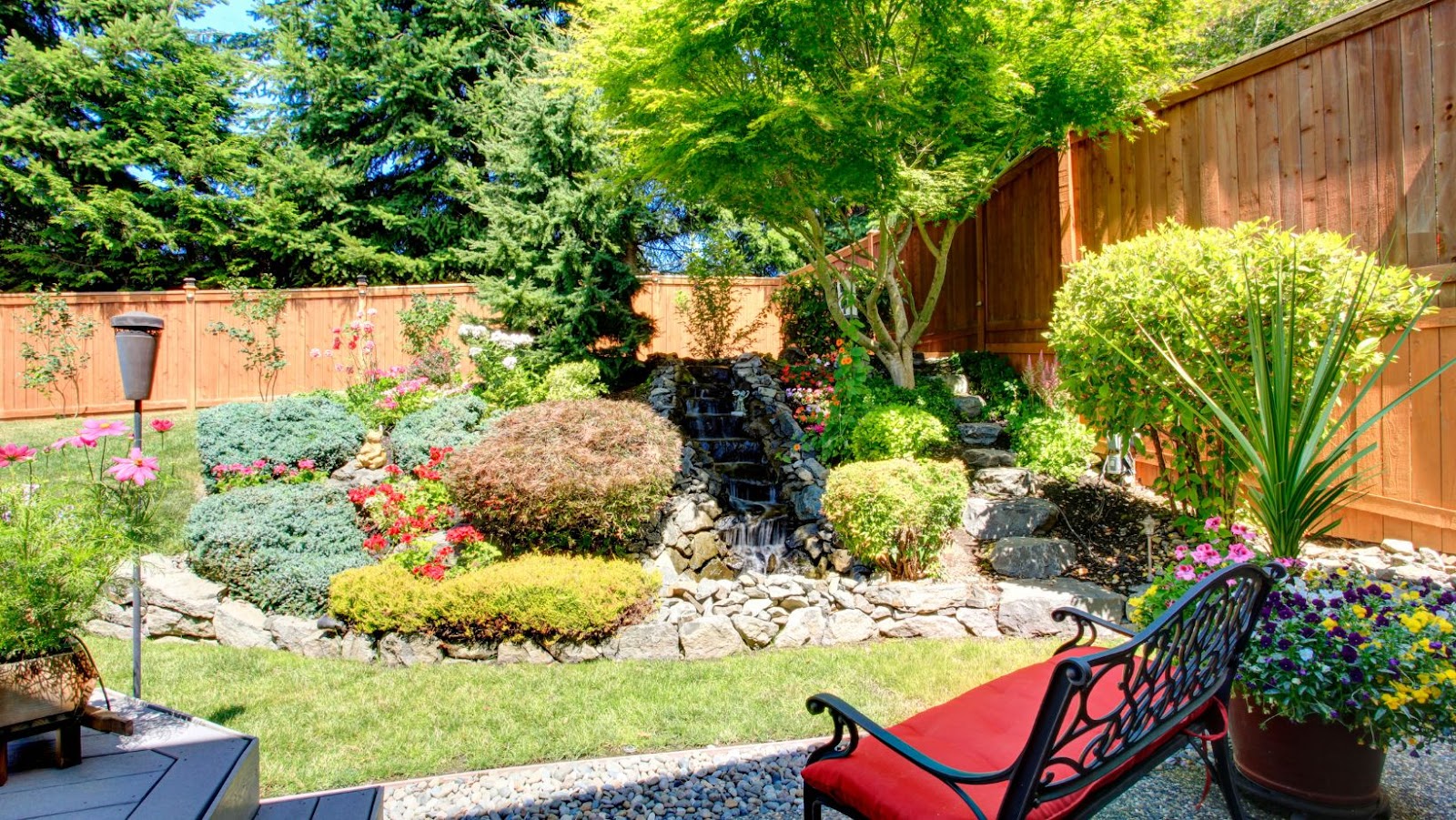Ultimate Guide: How to Landscape Your Backyard for Beauty and Function
How to Landscape Backyard
Transforming a backyard into a personal oasis begins with a clear plan that integrates both functionality and style. This guide walks through the essential steps of landscaping a backyard to ensure the space not only looks appealing but also meets the needs of its users.
Assessing Your Needs and Wants
Before diving into the actual landscaping, it’s crucial to assess what you need and want from your backyard. Start by asking yourself how you plan to use the space. Is it for relaxation, entertainment, gardening, or a play area for children and pets? Understanding the primary function of your backyard will shape all subsequent design decisions.
- Functionality: Think about the spaces you need, such as a patio for dining, a grassy area for play, or shaded areas for relaxation.
- Style Preferences: Consider the aesthetic you’re drawn to. Do you prefer a modern, minimalist garden, or is a wild, natural landscape more your style?
Compiling a list of needs and wants creates a foundation for your project that ensures the final design is both beautiful and purposeful.
Setting a Budget
Budgeting is a decisive factor in the landscaping process. It determines how much you can accomplish and influences choices from materials to plant selections. To set a realistic budget, start by:
- Researching Costs: Gather quotes for hardscaping materials, plants, and labor if you’re not doing the work yourself.
- Prioritizing: Decide what elements are must-haves and which are nice-to-have but not essential.
- Planning for Maintenance: Consider the ongoing costs of maintaining your landscape, such as watering, mowing, and pruning.
Here’s a quick overview of potential expenses:
| Expense Category | Estimated Cost Range |
| Hardscaping | $2,500 – $40,000 |
| Softscaping | $1,500 – $5,000 |
| Professional Labor | $50 – $100 per hour |
Remember, how to landscape backyard is an investment that not only enhances your living space but can also increase the value of your property. By assessing your needs, wants, and setting a budget, you’ll create a clear roadmap for transforming your backyard into your personal haven.
 Designing Your Landscape
Designing Your Landscape
Creating a Layout
Once the initial planning phase is complete, it’s time to start designing the landscape. Creating a layout is a pivotal step in how to landscape a backyard. This involves mapping out the area, taking into account existing features such as trees, slopes, and any structures. They should consider dividing the space into functional areas – perhaps an area for entertainment, a play zone for children, and a quiet corner for relaxation.
Incorporating paths or walkways that connect different areas can enhance the flow of the backyard, making it more accessible and inviting. Utilizing design software or even sketching on graph paper can help visualize the space more effectively.
Selecting Plants and Materials
Choosing the right plants and materials is essential for how to landscape backyard design to life. They should consider plants that not only match the aesthetic they’re aiming for but also thrive in the local climate and soil conditions. Using native plants can reduce water usage and maintenance while supporting local wildlife.
Materials for pathways, borders, and structures should complement the overall design theme of the backyard. Sustainable and durable materials like recycled pavers, natural stone, and composite decking are both environmentally friendly and long-lasting options.
In selecting plants and materials, it’s also important to think about the long-term maintenance. Opting for perennials over annuals can minimize replanting efforts. Similarly, choosing hardscaping materials that require minimal upkeep can keep the backyard looking great with less effort.
By carefully designing the layout and selecting the right plants and materials, individuals can transform their backyard into a functional and beautiful extension of their home.
 Implementing Your Landscape Plan
Implementing Your Landscape Plan
Transforming your backyard into a picturesque oasis isn’t just a dream—it’s a feasible project with the right approach. By focusing on a well-thought-out layout that harmonizes with the existing landscape and selecting climate-appropriate, low-maintenance plants and materials, you’re setting the stage for success. Remember, incorporating sustainable options like recycled pavers not only adds beauty but also contributes to the health of our planet. With these strategies in hand, you’re well on your way to creating an outdoor space that’s not only a delight to the eyes but also a functional extension of your living area. So, roll up your sleeves and let the magic of landscaping transform your backyard into a haven of tranquility and beauty.